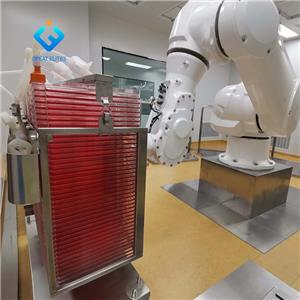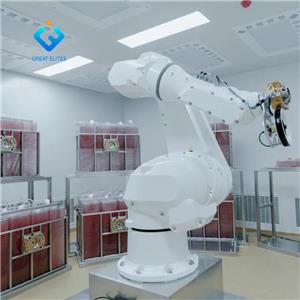-
10-07 2022
Vaccine development stage 3

-
10-06 2022
Vaccine development stage 2
Nucleic acid vaccine is also called gene vaccine or DNA vaccine. Because nucleic acid vaccine does not need carrier and adjuvant when it is injected into muscle, it is also called naked nucleic acid vaccine. By intramuscular injection, this kind of vaccine can obtain more lasting antigen expression in muscle cells. This antigen can induce antibody production, T cell proliferation and cytokine release, especially the cytotoxic T cell (CTL) killing effect. The specific immune response mediated by cytotoxic T cells plays an important role in anti-tumor, anti-virus and elimination of intracellular parasitic infection. Among the numerous vaccines, nucleic acid vaccine has attracted much attention due to its unique advantages.
-
10-05 2022
Vaccine development process
With the rapid development of molecular biotechnology, biochemistry, genetics and immunology, the theoretical basis and technical level of vaccine development have been constantly improved and improved. Some traditional classical vaccine varieties have been further transformed into new vaccines, while others that cannot be developed with classical technologies have found ways to solve the problem. Therefore, subunit vaccines, recombinant vaccines, nucleic acid vaccines and other new vaccines for different infectious diseases and non infectious diseases are constantly coming out.
-
10-04 2022
Achievements at the initial stage of vaccine development
The great contribution of Pasteur, known as the father of vaccines, is that he selects pathogenic microorganisms with strong immunogenicity to be cultured, inactivated by physical or chemical methods, and then purified. Inactivated vaccines generally use strong strains, but attenuated weak strains also have good immunogenicity, such as the inactivated polio vaccine produced with Sabin attenuated strains. Live attenuated vaccine is a kind of vaccine which is made of live microorganisms with highly weakened virulence or basically non-toxic selected from nature by means of artificial directional mutation, and is used to inoculate people to prevent infectious diseases.
-
10-03 2022
Vaccine germination stage
Smallpox is a severe infectious disease. Once contacted with patients, almost all of them are infected, and the mortality rate is very high. However, two kinds of people are resistant to smallpox: one is those who recover from smallpox, and the other is those who have nursed smallpox patients. Inspired by this phenomenon, our ancestors pioneered the method of smallpox prevention with human pox vaccination. This method is to wear the clothes of patients with scar paste to normal children, or grind the local dull skin after smallpox healing into fine powder, which can be inhaled by normal children through the nose. Because vaccination of human pox has a certain risk (about 1% infection rate), this method has not been widely used, but its invention is of great significance to inspire people to seek ways to prevent smallpox.
-
09-30 2022
Vaccine development
In the long history of human beings, people have been seeking ways to get rid of various plagues and diseases, but there is only a short history to fight against diseases through vaccination. It was not until the 20th century that the routine vaccination of large populations was gradually popularized, and was increasingly widely known and accepted by the public.




